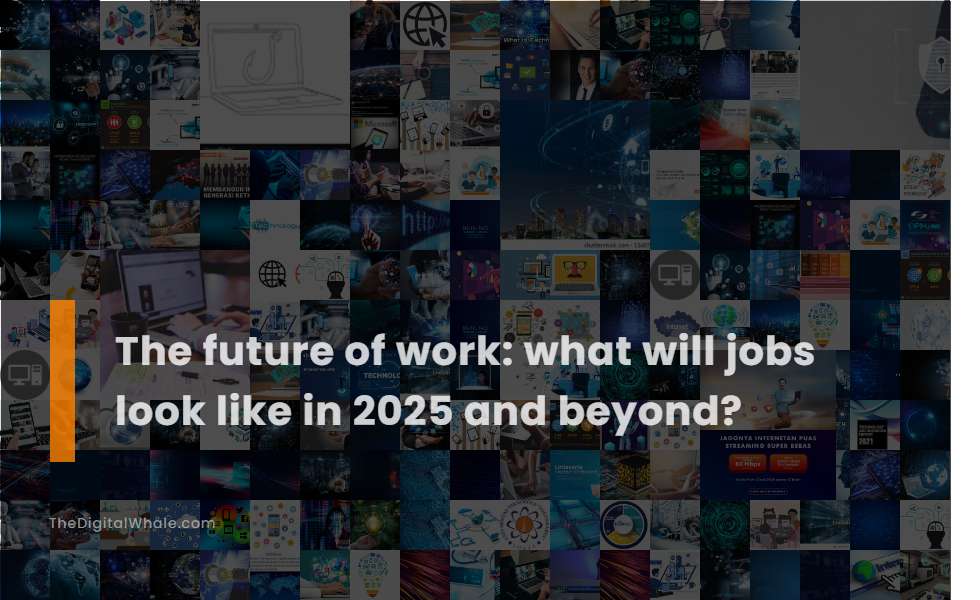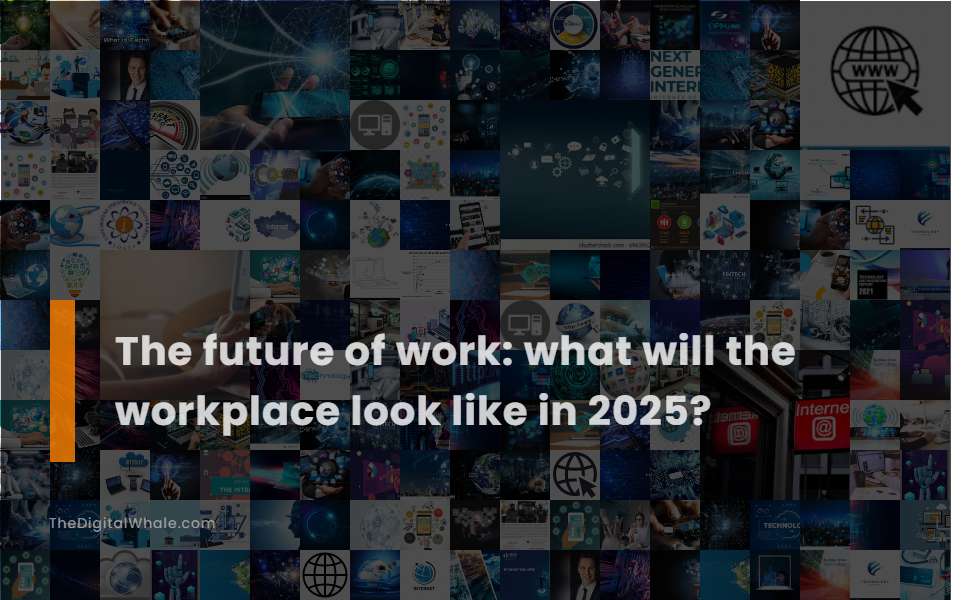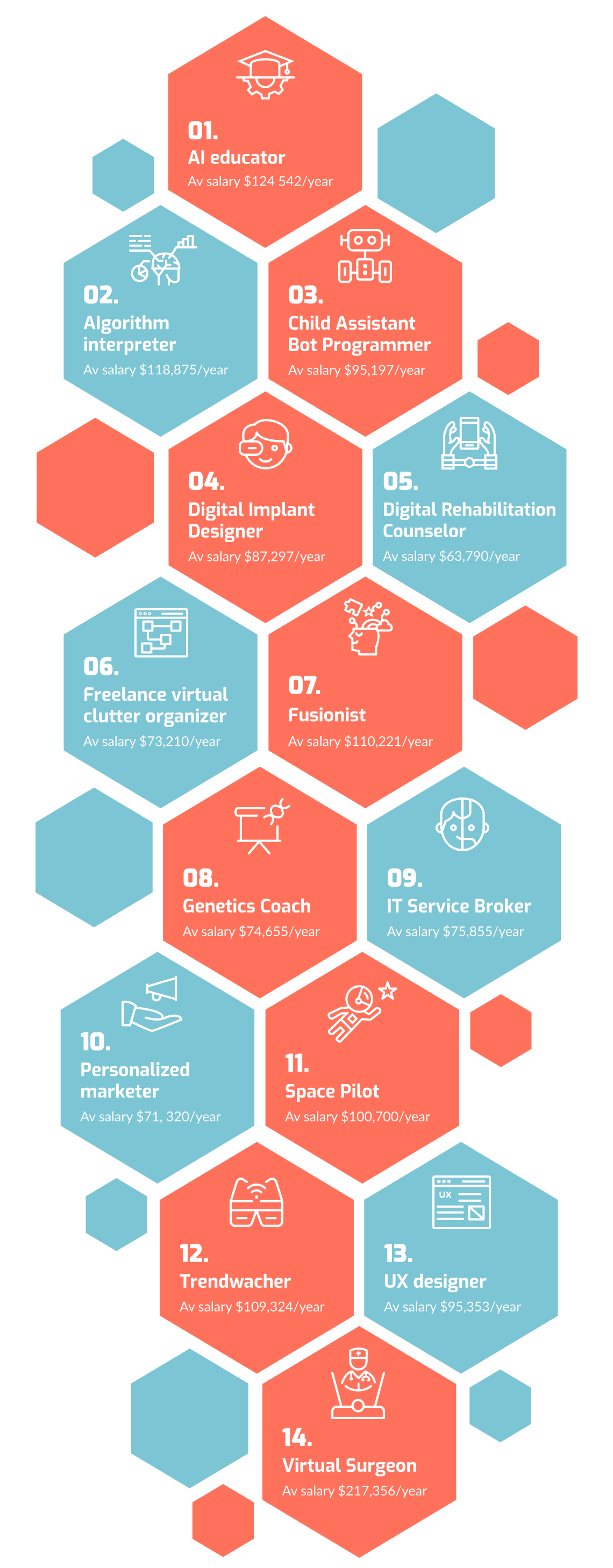Navigating the Future of Work: A Look at the June 2025 Jobs Report
Related Articles: Navigating the Future of Work: A Look at the June 2025 Jobs Report
Introduction
With great pleasure, we will explore the intriguing topic related to Navigating the Future of Work: A Look at the June 2025 Jobs Report. Let’s weave interesting information and offer fresh perspectives to the readers.
Table of Content
Navigating the Future of Work: A Look at the June 2025 Jobs Report

The June 2025 Jobs Report, a crucial economic indicator, will provide a snapshot of the labor market’s health at a pivotal point in time. It will offer insights into the post-pandemic recovery, the impact of technological advancements, and the evolving nature of work itself.
Understanding the Report’s Significance
The June 2025 Jobs Report, like its predecessors, will be a comprehensive document that reveals key metrics about the state of the U.S. labor market. It will include:
- Nonfarm Payrolls: This figure represents the total number of jobs added or lost in the non-agricultural sector, providing a broad overview of employment growth.
- Unemployment Rate: This measures the percentage of the labor force that is unemployed and actively seeking work.
- Labor Force Participation Rate: This reflects the proportion of the population that is either employed or actively looking for work.
- Average Hourly Earnings: This metric tracks the average wage earned by workers, providing insights into wage growth and inflation.
- Average Weekly Hours Worked: This indicator reflects the average number of hours worked by employees, offering insights into worker productivity and potential overtime trends.
These data points are crucial for economists, policymakers, and businesses alike. They inform economic policy decisions, guide business strategies, and provide a roadmap for individuals seeking employment or career advancement.
The Economic Landscape in 2025
The June 2025 Jobs Report will be released against the backdrop of a rapidly evolving economic landscape. Key factors shaping the labor market include:
- The Impact of Automation: The increasing adoption of artificial intelligence and robotics is transforming various industries, potentially leading to job displacement in certain sectors while creating new opportunities in others.
- The Rise of the Gig Economy: The growth of freelance platforms and on-demand services has created a significant segment of the workforce operating outside traditional employment structures.
- The Skills Gap: As technology evolves, the demand for specific skills is changing rapidly. Businesses are facing challenges in finding qualified workers with the necessary expertise.
- The Changing Nature of Work: The lines between work and personal life are blurring, with remote work becoming increasingly prevalent. This shift is impacting employee expectations and company policies.
Interpreting the Data: Key Insights
The June 2025 Jobs Report will offer valuable insights into these evolving trends, allowing for a deeper understanding of:
- Job Growth and Sectoral Shifts: The report will reveal which industries are experiencing the most significant job creation or losses, providing insights into the evolving dynamics of the economy.
- Wage Growth and Inflation: The report will shed light on the relationship between wage increases and the cost of living, providing valuable information for policymakers and businesses.
- Labor Market Participation and Demographics: The report will offer insights into the composition of the workforce, including participation rates by age, gender, and ethnicity.
- The Impact of Technological Advancements: The report will provide data on the relationship between technological advancements and employment trends, highlighting the impact of automation on different sectors.
Frequently Asked Questions
Q: How does the June 2025 Jobs Report influence economic policy?
A: The report provides crucial data that informs policymakers on the effectiveness of existing policies and guides decisions on future economic strategies. For example, if the report shows signs of a weakening labor market, policymakers may consider measures to stimulate economic growth or address unemployment.
Q: How can businesses use the report to their advantage?
A: The report can help businesses understand industry trends, identify potential growth opportunities, and make informed decisions about hiring, investment, and strategic planning. By analyzing the report, businesses can anticipate shifts in the labor market and adjust their operations accordingly.
Q: How can individuals use the report to improve their career prospects?
A: The report provides insights into the skills and industries in high demand, allowing individuals to make informed decisions about their career paths. By understanding the current trends, individuals can focus their education and training on acquiring the skills that are most valuable in the evolving job market.
Tips for Navigating the Future of Work
- Embrace lifelong learning: The rapid pace of technological change necessitates continuous learning and skill development. Individuals should prioritize acquiring new skills and knowledge to remain competitive in the evolving job market.
- Develop in-demand skills: Focus on acquiring skills that are highly sought after by employers, such as data analysis, programming, cybersecurity, and digital marketing.
- Stay adaptable and flexible: The future of work demands adaptability and a willingness to embrace new technologies and work models. Individuals should be open to learning new skills and exploring different career paths.
- Network and build relationships: Networking is crucial for career advancement and job opportunities. Individuals should actively engage with industry professionals and build relationships that can open doors to new possibilities.
Conclusion
The June 2025 Jobs Report will be a crucial document for understanding the state of the U.S. labor market and the future of work. It will provide insights into the impact of technological advancements, the rise of the gig economy, and the evolving nature of work itself. By analyzing the data and understanding the trends, individuals, businesses, and policymakers can navigate the changing economic landscape and prepare for the future of work.







Closure
Thus, we hope this article has provided valuable insights into Navigating the Future of Work: A Look at the June 2025 Jobs Report. We hope you find this article informative and beneficial. See you in our next article!

